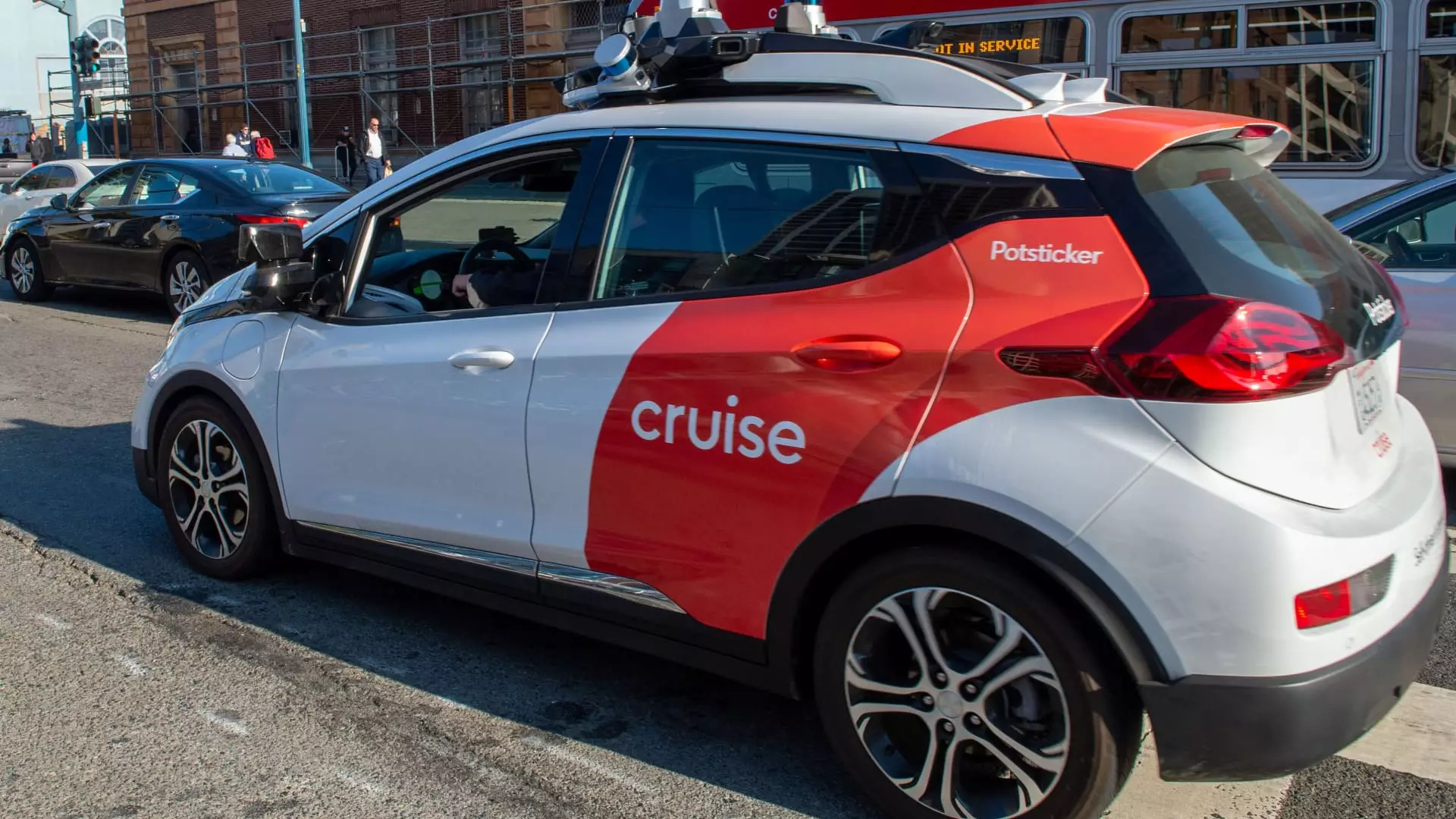General Motors (GM) has made the difficult decision to significantly reduce the workforce of its self-driving subsidiary, Cruise, laying off approximately half of its employees. This decision comes on the heels of a strategic pivot away from the robotaxi business, which has failed to yield sustainable results after a hefty investment exceeding $10 billion since GM’s acquisition of Cruise in 2016. The landscape of autonomous driving continues to evolve, but the recent turmoil within Cruise indicates a tumultuous transition in the realm of robotics and self-driving technology.
In the statement released by Cruise, the company expressed gratitude towards its employees and acknowledged the challenges that lie ahead. They emphasized supporting the transitioning workforce with severance packages and career resources. Craig Glidden, President and Chief Administrative Officer at Cruise, highlighted that the decision to reduce the workforce was part of a newfound strategy. This strategy indicates a shift from focusing on ride-hailing services to a vision more closely aligned with providing autonomous vehicles that work alongside GM’s broader objectives.
Glidden’s communication elucidated the drastic change in staffing requirements brought about by this strategic shift. As Cruise retracts from the competitive landscape of ride-hailing services, it becomes clear that the traditional model of robotaxis is no longer feasible for the company. This evolution raises questions about the viability of similar companies in the autonomous driving sector.
The layoff announcement coincided with reports regarding persistent cultural and leadership issues that have plagued Cruise since it began its operations. A third-party investigation revealed elements of ineptitude and serious leadership shortcomings, raising doubts about the company’s internal processes and governance. The scrutiny intensified following a critical incident in October 2023, when a pedestrian was tragically injured by a Cruise vehicle, further attracting negative media attention to the company’s operational conduct.
These problems not only impacted Cruise’s reputation but also significantly contributed to its regulatory challenges. The internal mishaps raised alarms regarding the safety protocols being followed and the transparency with which the company operated. The fallout from these incidents indicates a pressing need for corporate restructuring that prioritizes accountability and comprehensive safety measures as the company faces the looming threat of further regulatory scrutiny.
The financial implications of the layoffs are considerable. With a reduction of roughly 50% of its workforce, Cruise is forced to navigate the economic realities of a sector that has seen fluctuating investment and rising operational costs. As capital investments in autonomous systems become increasingly controversial, stakeholders are left questioning whether the substantial expenditures are justifiable in light of the robotaxi business’s disappointing performance.
GM’s repositioning of Cruise as a wholly-owned subsidiary intent on focusing on “personal autonomous vehicles” suggests not only a response to internal imperatives but also to market pressures. The decision to abandon the robotaxi model indicates a larger trend in the industry where companies must pivot or risk becoming obsolete. While GM once regarded Cruise as a pioneering force in the self-driving sector, the recent developments force stakeholders to reevaluate Cruise’s position against competitors like Waymo, who have demonstrated more stable trajectories in autonomous technology.
As Cruise embarks on this ongoing transition, the winding road of autonomous vehicle development promises to be fraught with challenges. The significant workforce cuts signal not only a drastic restructuring but also an urgent response to the unmet potential of the current business model. For Cruise to succeed in this new endeavor, it must not only refocus its strategy but also address the cultural and leadership issues that have hindered its progress thus far.
By realigning its mission toward integration with GM’s broader goals, Cruise could position itself for future growth and sustainability. However, the recent past serves as a sobering reminder that the path to autonomous driving is riddled with complexities. The company now stands at a crossroads, needing to pivot swiftly towards innovative solutions while ensuring the safety and efficacy of its operations. The journey into a more reliable and commercially viable future will ultimately define Cruise’s legacy in the ever-evolving narrative of autonomous technology.

Leave a Reply